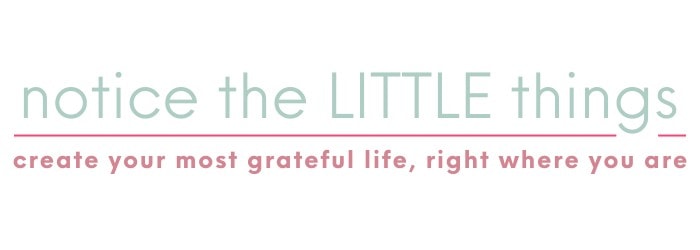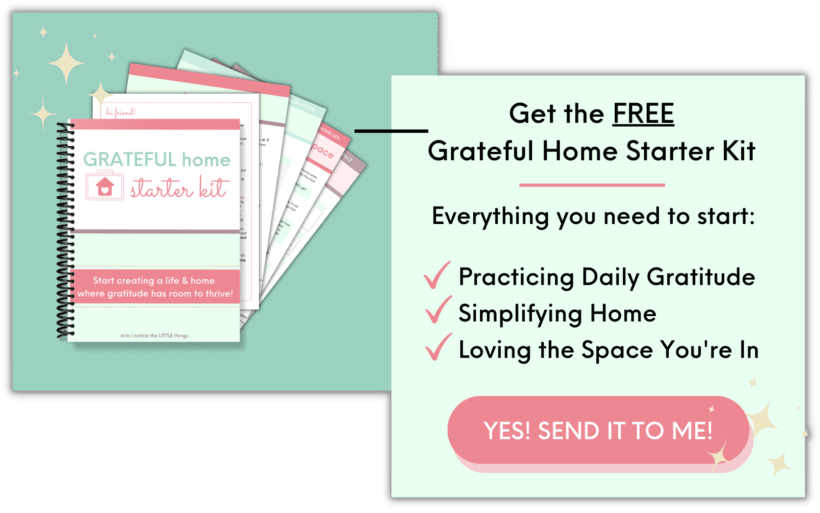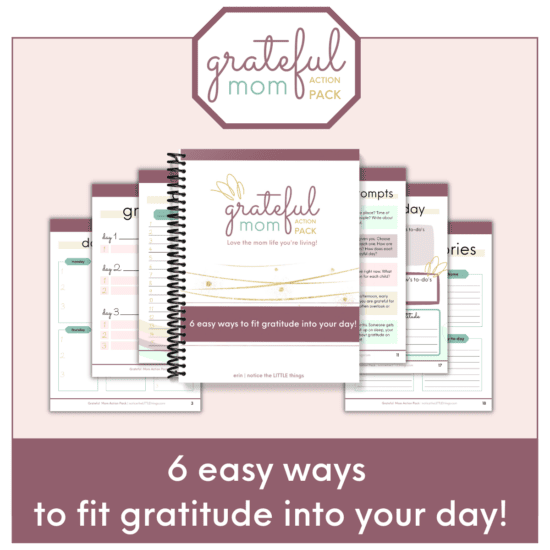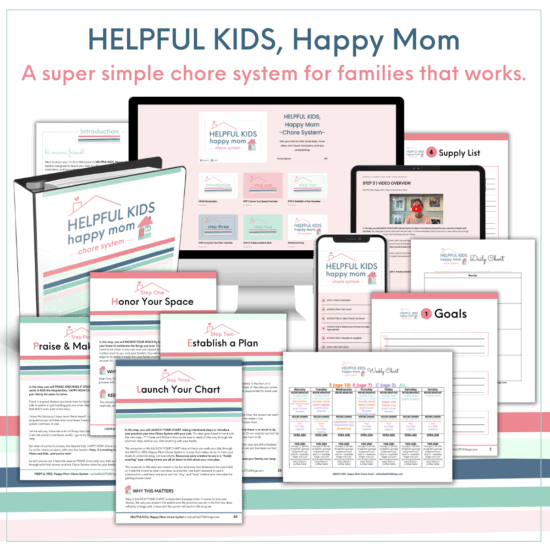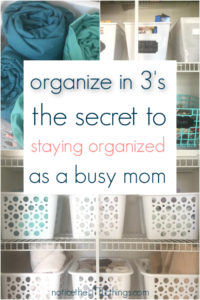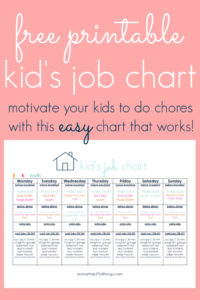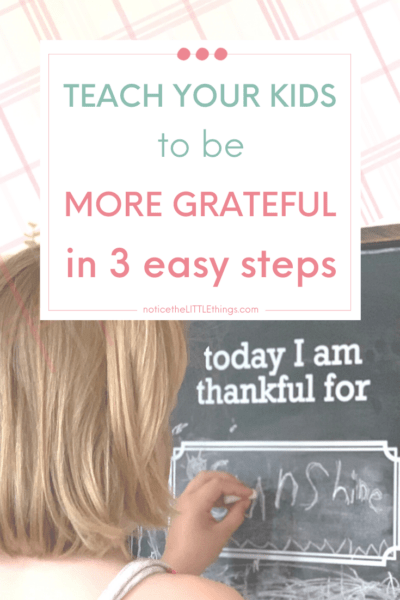
“ugh! mooooooommmmmm. nooooooo! you can’t! that is going to RUIN everything!” that was exactly what i heard last week when i reminded my 9-year-old son E that we were going to have to return our school ipads. it was coupled with a total body slouch and long eye roll and lots of big sighs. probably never happens to you, right?!
when we first had to leave school, i let E and my daughter K download a free harry potter app. for the past two months, they’ve spent their 20 daily ipad minutes (plus an extra 10 they have to “buy”) working to pass imaginary grades in wizarding school. there is no log-in so the only thing keeping track of their progress is the app. and this app lives on the ipad E realized he would now have to return.
his initial reaction is what’s typical around here. but what he did next totally surprised me.
full disclosure, i started by trying to do my very best job using the tips i learned on a jen hatmaker podcast a few weeks ago about helping our kids work through disappointment {as there is a more than normal amount of that going around these days}. instead of trying to make E see this from my rational and reasonable adult perspective {which said this was a ridiculous thing to get upset about}, i affirmed his frustration. i listened to him be sad. i told him i would feel the same way if i had been working towards something and had to start over. i left it at that. he continued to brood but then…
a few minutes later he came to me and said calmly, “it’s ok. i thought about it. this will be ok. good even. K and i can load the app on our family ipad and we can work together using the same character. that way we can total 60 minutes a day working toward getting back to the level we were at.”
i stood there speechless {doing a secret internal happy dance i couldn’t let him see}. i really couldn’t believe it. THIS is what we’ve been working so hard to get to for the past couple months – finding the good even when it is hard!
so with this win in our pocket {and a couple others since}, i wanted to share some of the steps we’ve taken around here to build a mindset of GRATITUDE in our home. i say build because i’ve learned by trial and error that it is a process. at times it can feel like it’s not working. i’ve learned sticking with it on my end is key and with results like we’re getting – totally worth it in the long run!
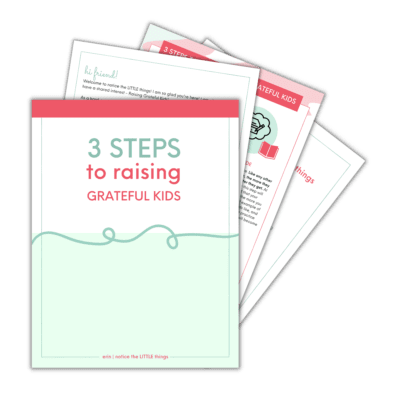
{*psst – i know how hard it is to remember things as a mom. don’t worry, you can grab this FREE 3 Steps to Raising Grateful Kids quick reference printable RIGHT HERE so you can follow along as you read (and then have it on hand to refer to whenever you need!)
how to get your kids to be more grateful…
1. define gratitude.
at one point this past year, i’d had it with the complaining. nothing was working and it really felt like my kids just weren’t seeing how great they have it. i decided to go back to the basics. it felt like a waste of time because i was SURE my kids knew what it meant to be kind and appreciative. they were just choosing not to do it. so i asked my 6-year-old, who is the best with words, what it meant to be grateful. i got a blank stare. i thought she would at least say it meant to be thankful. now, there’s a chance she was just scared to screw it up because mom writes a gratitude blog. but i really think she just didn’t know how to put a feeling into words.
plus, gratitude can mean a number of things:
- being thankful that someone has done something for you.
- being thankful you can do something for someone else.
- being thankful for actual, physical things or gifts.
- a spontaneous emotion you’re not expecting, towards someone or some event.
- a practice – looking on purpose for people or things to be thankful for during different parts of the day.
the first step towards raising more grateful kids and creating a gratitude mindset at home is to make sure everyone understands what gratitude is {and don’t make the mistake i did of assuming they know}. sit down, discuss it, write it down, provide examples. be clear about what gratitude is and isn’t, and what you want it to look like in your home.
2. model gratitude.
grateful kids do not just happen {wouldn’t that be nice!}. i cannot tell you how many times i handed my kids something as a toddler {and now still} and said “thank you,” waiting to hear them repeat it. i also cannot tell you the number of times i thought “when is this going to happen without a reminder!?” then one magical day, that little toddler said thank you all on her own and just like that, all those repetitive hours were worth it.
it’s important that we continue to model gratitude for our kids. here are some easy ways:
- we can thank them for things, going out of our way to add details to our thank you’s. for example, “thank you so much for picking up your snack wrapper. you know how much i like a clean house and it was nice of you to think of that.”
- we can thank our spouses in front of our kids, “thank you for unloading the dishwasher. it makes the day so much easier when we work together and i don’t have to look at those dishes.”
- we can encourage thank you notes, even for small things, and help our kids write them to friends and relatives. it does not matter if these are perfectly spelled. pictures are great! the whole process of thinking about being grateful for something or someone and going out of your way to tell them – that matters.
- we can also encourage thank you notes to friends and relatives to express why we are thankful specifically for THEM {and not just things we get from them}.
- we can model giving thanks during hard moments. “gosh it is raining so hard and i know we are all wet but i am so thankful for a warm car and windshield wipers that work to help us get home safely. anyone else have something you are thankful for?” or “i know it was totally crazy getting out of the house today but i am so thankful you each grabbed a water and that we have this fun activity to go to.”
3. set up a gratitude routine
i’ve tried to be the laid back mom. not only is it not in my personality, i know from my work as a teacher that laid back or not, all kids thrive on routine. putting gratitude into your routine will help make it seem like an easy, expected part of your everyday.
your routine does not have to be confining or stuffy or rigid. our current routine is really simple and takes place at the dinner table. when we eat together we go around and each person says a LITTLE thing {something we are grateful for}, a sorry thing {something we are sorry for}, and a hopeful thing {something we are excited about}. that’s it.
the point of the routine is for practice and also to spark conversations around gratitude. we have a lot of discussions around LITTLE things verses big things. you can be thankful for either but we try extra hard to find LITTLE things in our days to be thankful for. for example, an A on a test is more of a big thing. but seeing a cardinal is a LITTLE thing. the point is to challenge each other to go beyond what we are normally grateful for to find those things we might have overlooked.
some other easy ideas for setting up a gratitude routine:
- around the breakfast table, tell each person at the table one reason you are grateful to have them as your sister, brother, friend, helper, mom, dad, etc.
- every time you get in the car, tell one nice thing someone has done for you and one nice thing you’ve done for someone else that day.
- challenge each other at dinner to see who can name the most LITTLE things from the day.
- during nightly prayers or bedtime, have everyone say three things they are thankful for from the day.

that’s it…define gratitude, model gratitude, and set up a gratitude routine. you can grab this cute printable 3 STEPS TO RAISING MORE GRATEFUL KIDS QUICK to keep somewhere visible in your home for easy reference. snag it for your family HERE.
one more thing…and i know you are going to think i am making this up but i’m not. i’ve been up in my room for about an hour working and as i was sitting here about to close out this email, my 6-year-old brought me this thank you note out of the blue…
if THIS doesn’t further prove this gratitude practice with our families is WORTH IT, i don’t know what does! mama, this skill is important and i am seeing these steps work in real life! you can too. be sure to grab your printable HERE so you can make these steps happen in your day!
